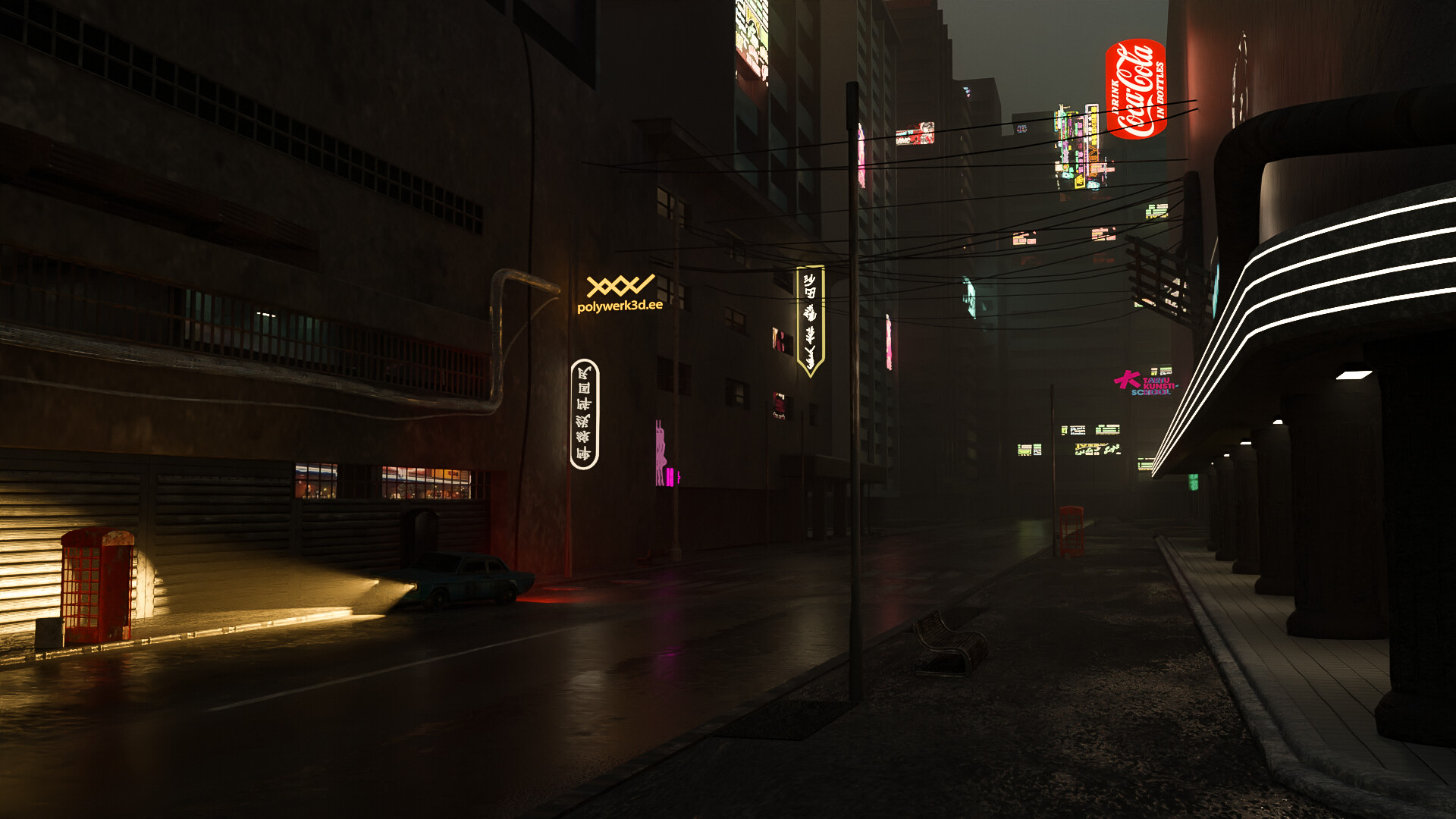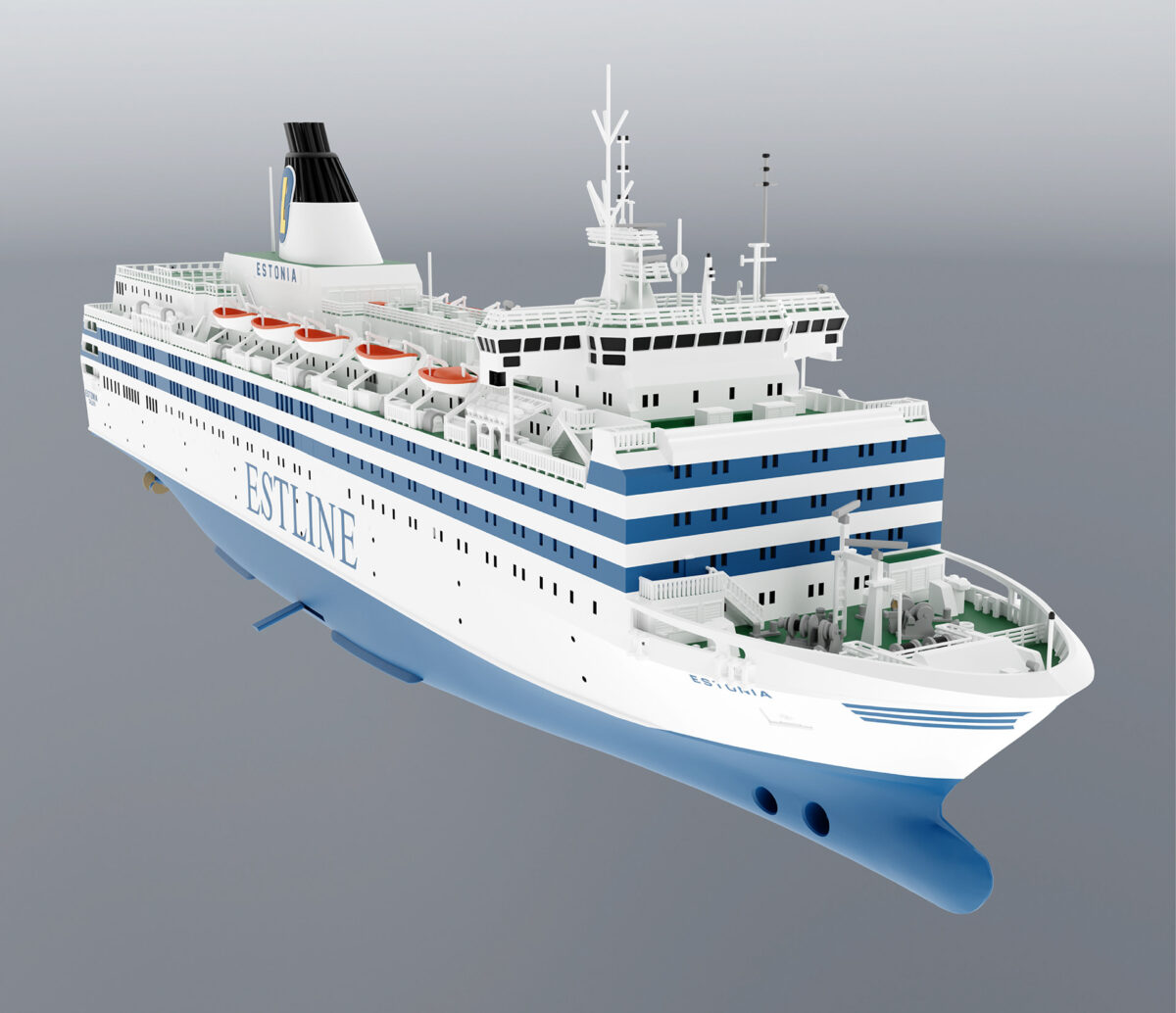MS Estonia ship model
Our task was to create a digital model that is also suitable for 3D printing. The ship model consists of 277 parts, which were printed, painted, and assembled by our partner, 3DKoda.
Since the model was designed based on factory drawings, it is the most accurate model of MS Estonia.
View the live preview for an enhanced experience
- You can switch between first person and orbit mode in the navigation menu below.













